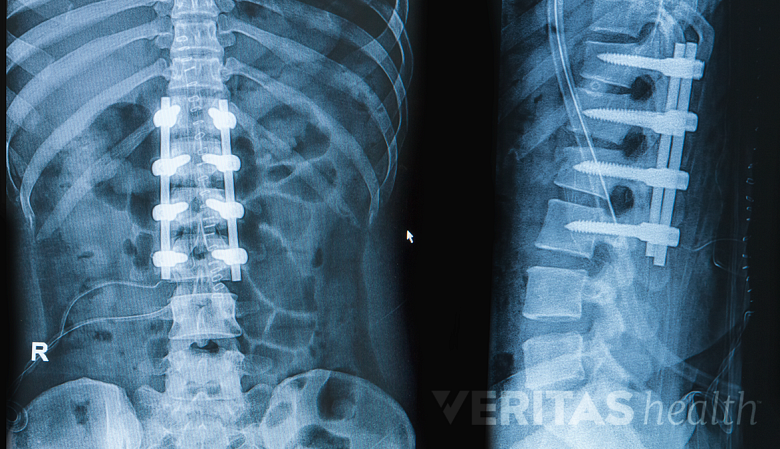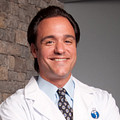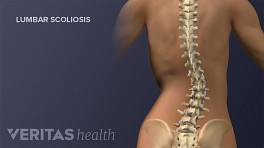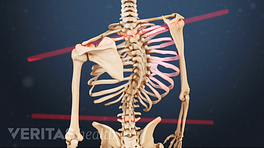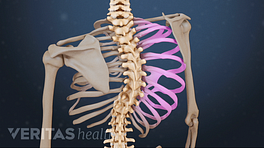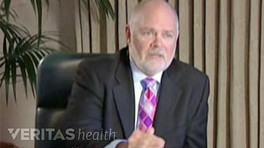Spinal fusion for scoliosis is a major surgery. However, the surgery itself is only one part of a long process. While the patient will be able to return to some limited activities in two to four weeks, the full recovery period is typically at least 6 to 12 months of steady progress achieved by following a care plan outlined by the medical team.
Before making a decision about scoliosis surgery, it is advised that the patient become familiar with what to expect during postoperative care, as well as the commitment required to complete the recovery process and experience a favorable outcome.
In This Article:
- Scoliosis Surgery: Postoperative Care
- Scoliosis Surgery: Planning for Postoperative Care at Home
- Scoliosis Surgery Recovery: At the Hospital (4 to 7 Days)
- Scoliosis Surgery Recovery: After Discharge (First 14 Days)
- Scoliosis Surgery Recovery: After Discharge (2 Weeks to 3 Months)
- Scoliosis Surgery Recovery: 3 Months Post-Operation and Beyond
Full Recovery Takes Up to 12 Months
Spinal fusion with rods, screws, and grafts takes about 6-12 months to fully heal.
When most people hear about a spinal fusion surgery, they may mistakenly think that the spine is fused during the surgery. Instead, this surgery sets the groundwork with rods, screws, and bone grafts for the spine to fuse gradually over a long period of time, a process that usually takes 6 to 12 months.
See Postoperative Care for Spinal Fusion Surgery
Patients can start to move around within a day or two after scoliosis surgery. The total hospital stay is typically four to seven days. Patients can return to school or a sedentary/desk job about two to four weeks after surgery, but activity needs to be limited while the bone is fusing.
Factors That Affect Recovery
Most patients who have surgery for idiopathic scoliosis—scoliosis with no clear cause—are teenagers or young adults. This age group tends to recover well from surgeries compared with people who are much older and have more pre-existing health issues.
See Scoliosis: Symptoms, Treatment and Surgery
Other factors that can negatively affect recovery include:
- Smoking. Nicotine is a known bone toxin that hampers bone growth. Smoking or any other form of nicotine—such as patches, gum, dipping, e-cigarettes, or secondhand smoke—will greatly increase the risk for the spinal fusion surgery to fail. While not an easy task, nicotine users should quit before having spinal fusion surgery.
- Obesity. Studies have shown that obese people have more complications during and after surgery compared with the rest of the population. 1 Vaidya R, Carp J, Bartol S, Ouellette N, Lee S, Sethi A. Lumbar spine fusion in obese and morbidly obese patients. Spine (Phila Pa 1976). 2009; 34(5):495-500.
- Depression. People with depression tend to have delayed recoveries from surgery, in part because they are less likely to follow doctor’s orders, such as the prescribed activity levels and medication dosages. 2 Gouin J, Kiecolt-Glaser JK. The impact of psychological stress on wound healing: methods and mechanisms. Immunol Allergy Clin North Am. 2011 Feb; 31(1): 81–93.
The above is not a complete list of factors that can affect a patient’s recovery from scoliosis surgery. Doctors will assess the patient’s medical history and lifestyle when discussing the potential pros and cons of scoliosis surgery.
Return to Pre-Surgery Activities
Typically, patients can resume most of their pre-surgery activities 6 to 12 months after a thoracic fusion since fusing the thoracic and upper lumbar spine does not extensively change the biomechanics of the spine. Female patients who have recovered from scoliosis surgery can still become pregnant and deliver babies vaginally.
- 1 Vaidya R, Carp J, Bartol S, Ouellette N, Lee S, Sethi A. Lumbar spine fusion in obese and morbidly obese patients. Spine (Phila Pa 1976). 2009; 34(5):495-500.
- 2 Gouin J, Kiecolt-Glaser JK. The impact of psychological stress on wound healing: methods and mechanisms. Immunol Allergy Clin North Am. 2011 Feb; 31(1): 81–93.

